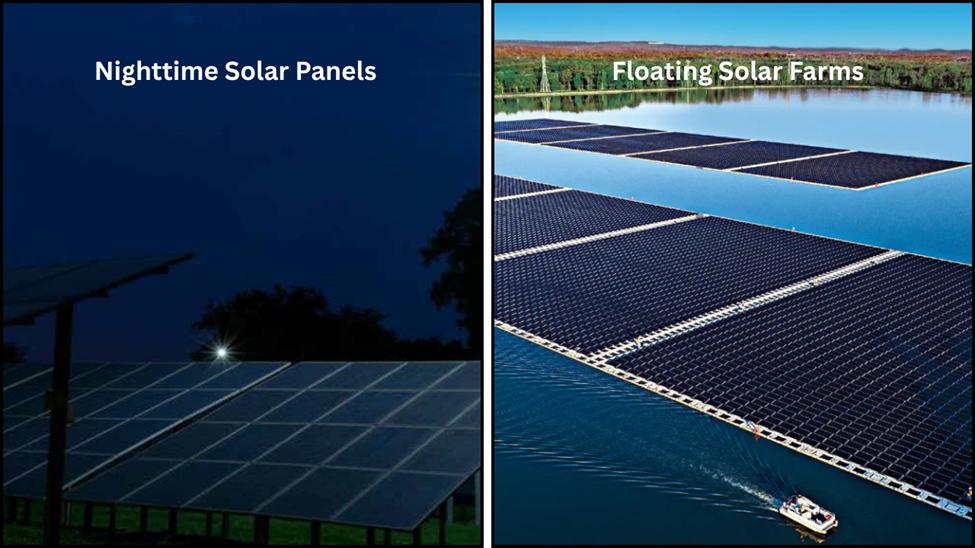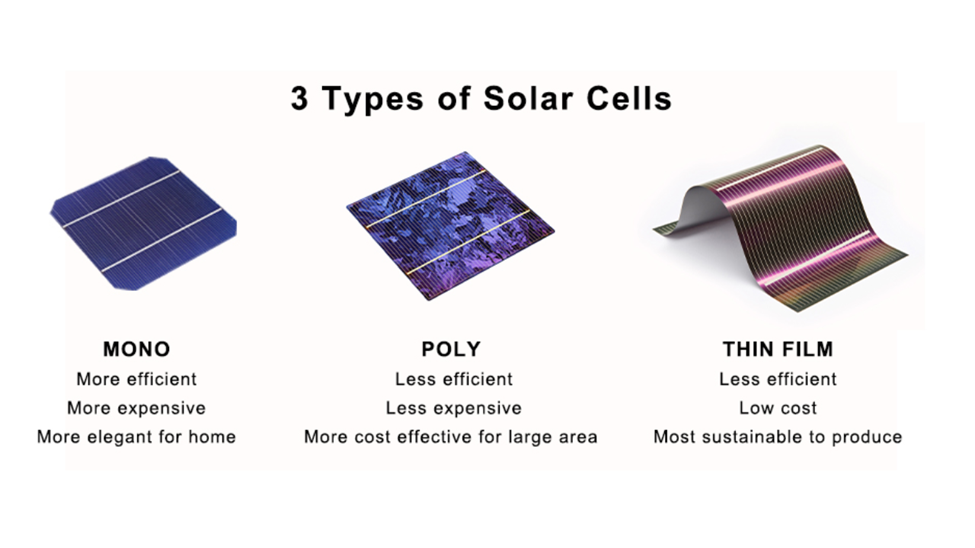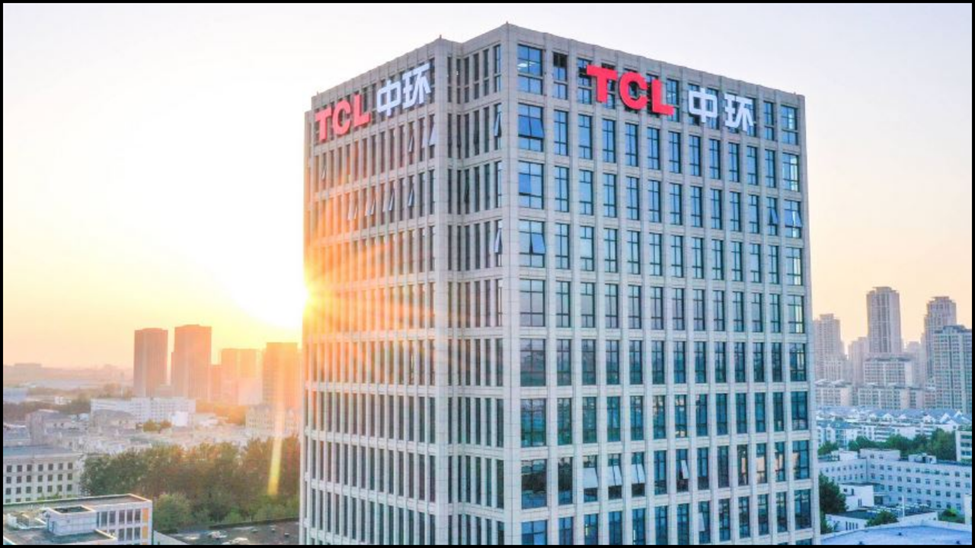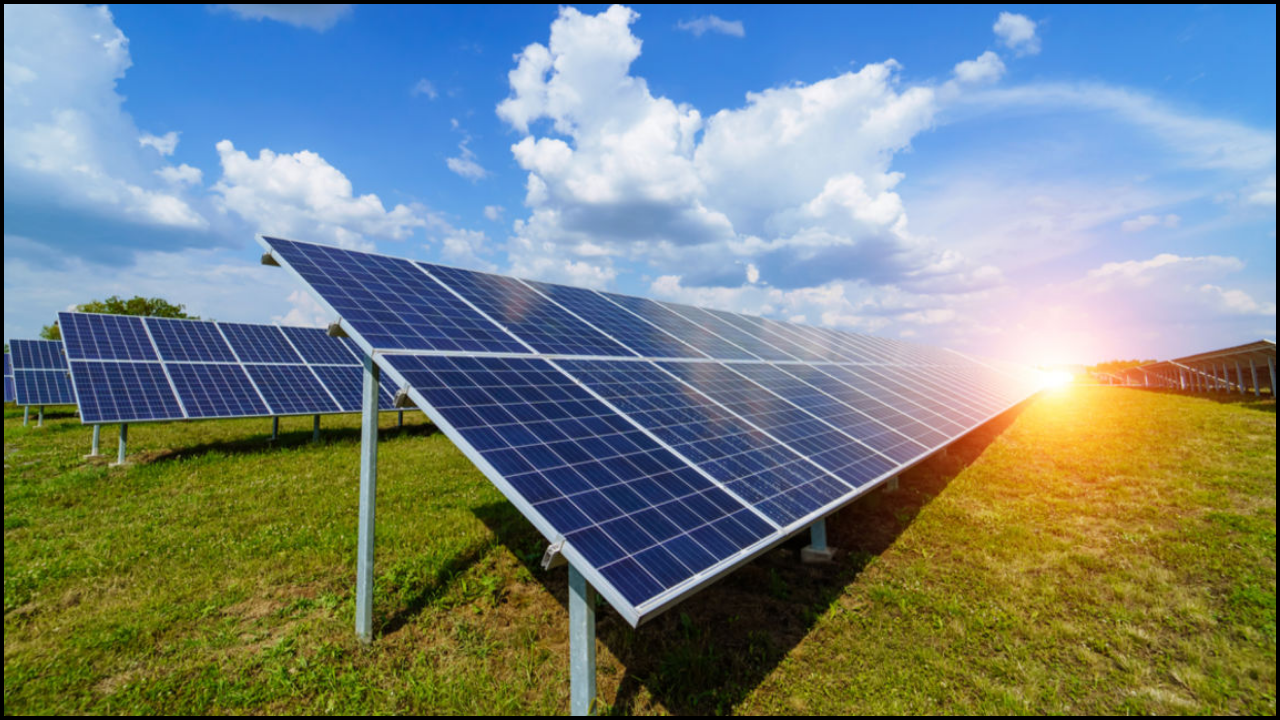The sun, our most abundant energy source, remains a cornerstone of the global energy transition. As of June 2025, the field of solar energy is buzzing with rapid advancements, pushing efficiency boundaries, reducing costs, and expanding applications. These latest innovations in solar technology are not just incremental improvements; they represent significant leaps towards a future powered predominantly by clean, renewable sources.
Latest Solar Energy Innovations: Beyond the Monocrystalline Panel
The landscape of solar energy is diversifying rapidly. While traditional silicon-based panels remain dominant, new materials and designs are capturing significant attention:

1. Perovskite Solar Cells
These are arguably the most exciting development in solar energy. Lightweight, flexible, and potentially more efficient and cheaper to produce than silicon, perovskites are nearing commercialization. Companies are establishing pilot production lines, with gigawatt-scale production anticipated by the end of 2025. Tandem solar cells, layering perovskites on top of silicon, are achieving remarkable efficiencies, capturing a broader spectrum of sunlight. This dual-layer approach represents a significant leap for solar energy conversion.
2. Bifacial Solar Panels
These panels capture sunlight from both their front and back sides, significantly increasing overall energy yield, especially in installations with reflective surfaces like sand or light-colored rooftops. Their adoption is growing rapidly in large-scale commercial projects and solar farms, optimizing the use of solar energy.
3. Transparent Solar Panels / Solar Glass
Imagine windows that generate electricity without blocking your view. This innovative solar energy technology integrates photovoltaic cells into glass surfaces, turning buildings into power generators. It's a game-changer for building-integrated photovoltaics (BIPV), seamlessly merging solar energy production with architectural aesthetics.
4. Floating Solar Farms (Floatovoltaics)
As land becomes scarce, installing solar energy panels on bodies of water is gaining traction. These “floatovoltaics” not only conserve land but also benefit from the cooling effect of water, which can enhance panel efficiency. Singapore's recent completion of a 5MW floating solar farm exemplifies this trend in solar energy.

5. Agrivoltaics
This innovation involves co-locating solar energy panels with crops, optimizing land use. The panels can provide shade, protect crops from excessive heat, and contribute to efficient water management, demonstrating a symbiotic relationship between agriculture and solar energy.
6. AI and Smart Solar Solutions
Artificial Intelligence (AI) and the Internet of Things (IoT) are revolutionizing the management and efficiency of solar energy systems. AI-driven analytics optimize energy production, predict system failures, and manage energy storage, ensuring reliable solar energy delivery regardless of weather or time of day. Smart inverters are also becoming crucial, better handling voltage shifts and improving grid integration of solar energy.
7. Nighttime Solar Panels (Anti-Solar Panels)
While still in early stages, research is underway on panels that can generate a small amount of power at night by capturing infrared radiation emitted from the Earth. This concept could eventually lead to 24/7 solar energy generation, mitigating intermittency challenges.
Buy Solar Technology: Investing in a Brighter Future
The accessibility and affordability of solar energy technology are continually improving. Consumers looking to buy solar technology in 2025 will find a competitive market offering increasingly efficient and durable products. While prices vary by region and specific technology, the long-term savings on electricity bills make solar energy a highly attractive investment.

For residential installations, monocrystalline panels with efficiencies exceeding 22% are now common, with some models even reaching close to 25%. Advanced features like enhanced durability, better performance in low-light conditions, and integrated smart features are becoming standard. When considering purchasing solar energy systems, it's crucial to assess your energy needs, understand net metering policies, evaluate service quality, and explore available financing and government incentives. Prices per watt in Pakistan, for example, for A-grade Tier 1 N-type bifacial panels ranged from PKR 28 to PKR 39 in June 2025, indicating a robust and competitive market for solar energy.
Solar Energy Technology: A Holistic Ecosystem
Modern solar energy technology extends beyond just the panels. It encompasses a holistic ecosystem designed for maximum efficiency and integration:
1. Advanced Battery Storage
The rise of solar energy necessitates robust energy storage. Innovations in battery technology, including solid-state batteries, offer higher energy density, faster charging, and enhanced safety compared to traditional lithium-ion. AI-integrated storage systems predict demand and optimize energy flow, ensuring that surplus solar energy generated during the day can be used during peak demand or at night.
2. Solar Microgrids
These localized grids integrate solar energy with storage and other distributed resources, providing energy access, particularly in off-grid and rural areas. They enhance energy resilience and reduce reliance on centralized grids, making solar energy a truly empowering solution.

3. Electric Vehicles (EVs) as Storage
The growing adoption of EVs presents an exciting opportunity for vehicle-to-grid (V2G) technology, where EV batteries can store excess solar energy and feed it back into the grid when needed, further enhancing the grid's flexibility and reliance on solar energy.
Solar Tech News: Tracking the Momentum
The solar energy sector is a hotbed of innovation, with daily developments shaping its trajectory. Recent solar tech news from June 2025 highlights the industry's dynamism:
In Pakistan, both the National Assembly and Senate Standing Committees on Finance rejected a proposed 18% sales tax on imported solar panels, demonstrating a commitment to supporting the adoption of solar energy by keeping costs down for consumers. This move underscores the importance governments place on affordable solar energy.

Companies like TCL SunPower Global are showcasing their latest back-contact (BC) module series and home energy storage solutions at major industry events like Intersolar Europe 2025, demonstrating ongoing advancements in panel efficiency and integrated solar energy systems. Their new M Class BC modules achieve up to 25% efficiency for monofacial and 24.5% for bifacial residential applications, highlighting breakthroughs in solar energy capture.
These developments, from policy decisions to product launches, indicate a sustained global push for solar energy.
SunPower Solar Technology: A Leader in Efficiency
SunPower has consistently been a leader in high-efficiency solar energy technology. Known for its premium panels, SunPower (now Maxeon Solar Technologies) continues to push the boundaries of what solar energy panels can achieve. Their Maxeon series panels, particularly the Maxeon 7DC, boast industry-leading efficiencies, often exceeding 24%, and come with robust warranties, emphasizing their durability and long-term performance.
SunPower's advancements in back-contact (BC) cell technology minimize shading and maximize light absorption, contributing to their high power output. Their focus on reliability and longevity makes them a preferred choice for residential and commercial customers seeking maximum solar energy generation in limited spaces. SunPower's ongoing innovation plays a crucial role in advancing the overall capabilities of solar energy.
US Solar Energy: A Growth Engine
The US solar energy sector is experiencing robust growth, driven by supportive policies like the Inflation Reduction Act (IRA) and increasing demand for clean power. The U.S. Energy Information Administration (EIA) projects utility-scale solar energy capacity to soar to 230.2 GW by the end of 2025, a 35% increase from 2023.

States like Texas and regions like the Midwest are leading this expansion, with significant additions of new solar energy capacity. The increasing adoption of hybrid systems, combining solar energy with co-located battery storage, is enhancing grid reliability and making solar energy a more dispatchable resource. In Q1 2025 alone, solar energy accounted for 69% of all new electricity-generating capacity added to the US grid, solidifying its dominant role in the nation's energy transition. The ongoing investments in solar energy infrastructure and technology position the US to meet its renewable energy objectives and transition towards a more sustainable solar energy future.
Solar Energy: The Undeniable Future
In conclusion, solar energy is not just an alternative; it's rapidly becoming the mainstream solution for our energy needs. The latest innovations, from high-efficiency perovskite and bifacial panels to smart grid integration, advanced storage solutions, and innovative applications like agrivoltaics, are making solar energy more efficient, affordable, and versatile than ever before. The sustained investment and technological breakthroughs underscore the undeniable role solar energy will play in powering a sustainable future for generations to come.








